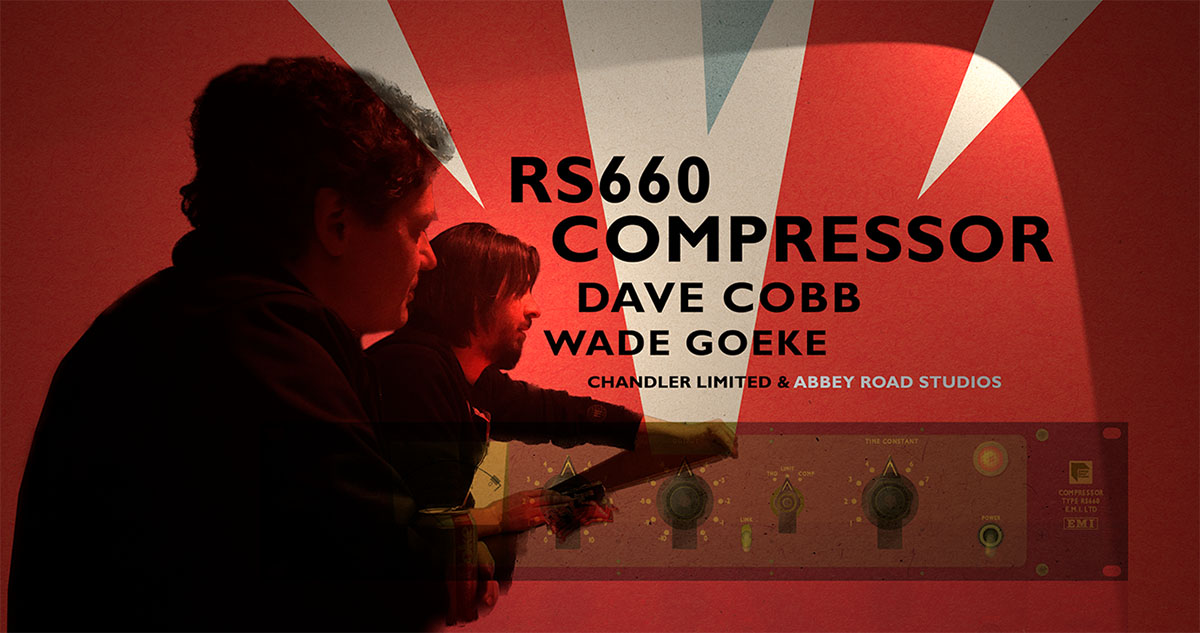Chandler Limited Germanium Compressor
by: Eli Crews
Electronic Musician (April 1, 2008 Issue)
Analog Compressor
The Chandler Limited Germanium Compressor is one of the most versatile and musical dynamics processors on the market.
The Chandler Limited Germanium Compressor is a huge achievement in dynamics processors in terms of its sound, features, and implementation. What makes germanium — a semi conducting cousin to silicon, from which transistors, diodes, and other components can be built — so cool is its unique tonal and distortion characteristics. However, there is much more to this box than the inclusion of this popular element.
CURVEBALL
The 1U single-channel Germanium Compressor includes Chandler Limited’s signature blue and yellow chicken-head knobs, as well as a VU-style gain-reduction meter. On one side of the meter is a hardwire bypass switch, and on the other is a switch for choosing how much you want the circuitry to compensate for the distortion inherent in a solid-state FET compressor. The Dirty position leaves most of the second and third harmonic distortion intact, while the Clean position decreases the distortion amount by a factor of ten.
The continuously variable Input control determines both the input gain and threshold level of the compressor, similar to a Universal Audio 1176 or a Chandler Limited TG1. The Sidechain knob is a highpass filter for the compressor’s detection circuit, which allows you to keep low frequencies from triggering the compression. It has six detented settings, from Out (off) to 300 Hz.
Although the Ratio switch doesn’t have specific markings, it has 11 detented positions. (The manual notes that the designer doesn’t want math to get in the way of listening, so he intentionally left many of the control values vague.) The ratio you choose works in conjunction with the knee-style Comp Curve control to determine the compression characteristics of the unit.
Comp Curve has six settings, from R Soft (a simple resistance circuit), which offers a neutral tone, through the aggressive, sharp-knee Zener Hard setting, which utilizes a Zener diode. In the middle are two germanium and two silicon-diode settings that offer additional sonic signatures. This control is at the heart of the unit’s flexibility, allowing you to get six distinct compression sounds from one unit.
The next knob is equally interesting — the continuously variable Wet/Dry Mix control. Parallel compression, where you mix a heavily compressed signal with a non-compressed version of the same signal, isn’t a new concept, but making it available in a hardware processor without external multing is.
Continuously variable Attack and Release controls are next, again with simple number markings rather than specific time values. A Link switch lets you link the sidechains of multiple units, which can be hooked up using a 1/4-inch jack on the back. Also on the rear panel are XLR jacks for the I/O and a 4-pin XLR jack for the power cable, which connects to the external PSU-1 power supply. (The PSU-1 will power two units.)
As the product’s name suggests, the output amplifier uses a germanium transistor. By varying the relationship of the detented Germanium Drive control to the continuously variable Feedback pot, you can achieve a variety of frequency responses, as well as varying levels of distortion, noise, and gain. The manual gives example settings for unity gain with different characteristics, but it’s best to just turn the knobs until you find a sound and level you like.
ALL IN ONE
I used a pair of Germanium Compressors during a couple of busy months of tracking and mixing, and they sounded good on everything — vocals, drums, horns, bass, guitar, marimba, you name it. The compressors were even a vital part of a mastering project. The gentler settings allow for gain control with surprisingly little coloration, and the harder curves and higher ratios let you slam your sounds into new sonic landscapes.
As with any compressor/limiter, the attack and release times play a big role in shaping the sound of a given knee-and-ratio setting, and those controls have a larger range of speed on the Germanium Compressor than on most other compressors. The wet/dry control also proved particularly helpful during tracking, allowing me to back off the mix a bit so as not to accidentally over compress to tape.
CATCH THE GERM
I absolutely love the Germanium Compressor. With its versatility and impeccable build quality, it has become my first-call dynamics processor. The wet/dry control and variable Sidechain filter make the compressor highly useful on drum submixes or on a stereo bus. The different Comp Curve settings let you dial in as much or as little character as you want, and the Gain/Feedback relationship and Clean/Dirty switch give further tonal control that leaves most other compressors in the dust.
If you consider versatility a must, the Germanium Compressor will not disappoint. It’s not cheap. But for what you get, it’s an undeniable value.
Value (1 through 5): 5
—Tony DiLorenzo






